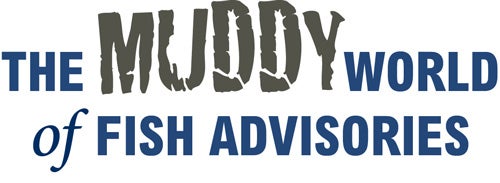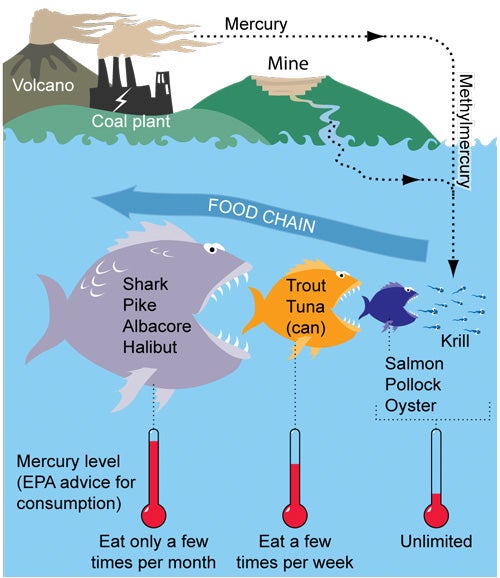
One thing we know for sure: Recreational fishing season is here. But which fresh fish are safe to eat? That’s harder to determine.

There are different EPA advisories for different fish around the country, but they often focus on just one contaminant, usually mercury, points out Marcella Thompson, an assistant professor in the College of Nursing/Academic Health Collaborative.
That’s a useful thing to measure, but there are other substances to worry about: PCBs, dioxins, and even biotoxins caused by other organisms, such as algae blooms.
When Thompson did her doctoral dissertation on toxicants in women of childbearing age, she found that 98% had detectable levels of mercury, PCBs, and lead. The risk factors: first age, then fish consumption.
But don’t count fish out, she says—those stats don’t take into account the good things we get from fish, such as omega-3s and selenium, which make it a vital part of a healthy diet.
“We’re not saying don’t eat fish—we’re saying be careful of where the fish live, how old they are, and where in the food chain they are,” says Thompson.
That’s because, as most of us know by now, bigger predatory fish, such as tuna, are worse for us than smaller prey fish. The reasons are two phenomena: biomagnification, in which toxins build up from what fish eat; and bioaccumulation, which describes how toxin load increases with age.
So everyone should limit servings of tuna, swordfish and the like, while children under 6 and pregnant or nursing women should avoid bigger or longer-lived species. Smaller game fish like striped bass and bluefish have lower levels of mercury, but the Rhode Island Department of Health warns against eating any of those two species that were caught in Rhode Island because of PCBs.

PCBs are stored in fat, so avoiding the fattiest parts of fish can help. Mercury, on the other hand, is stored in muscle—the part of the fish we’re generally looking to eat.
How does biomagnification apply to freshwater fish? Well, bigmouthed and smallmouthed bass, pickeral, and eel are all predators. In fact, RIDOH warns that all freshwater fish in the state are off limits because of PCBs, with the exception of stocked trout, because they’re raised elsewhere on a safer diet.
Thompson is two years into a long-term research partnership with Rhode Island’s Narragansett Tribe, along with colleagues at Dartmouth, Princeton and Brown, to explore just this issue. She’s measuring mercury and PCB levels, as well as omega-3s and selenium, in fish that live in ponds on the Narragansett reservation, where freshwater fishing is part of the tribe’s cultural heritage. The aim is a more nuanced picture of how much fish is good for you. Her preliminary tests are coming back elevated for mercury and PCBs, but need to be confirmed.
Where does all this leave the average consumer? It’s still fun to take the kids fishing, but if you’re planning to keep and eat your catch, think stocked trout for fresh water, and smaller species for salt. If you’re heading to the market, DOH says that, generally speaking, shellfish, light tuna and salmon are all low in mercury.
This July, Providence will host an international conference on mercury levels. Thompson will be part of it. There won’t be any easy answers. •
—Pippa Jack
 Home
Home Browse
Browse Close
Close Events
Events Maps
Maps Email
Email Brightspace
Brightspace eCampus
eCampus


